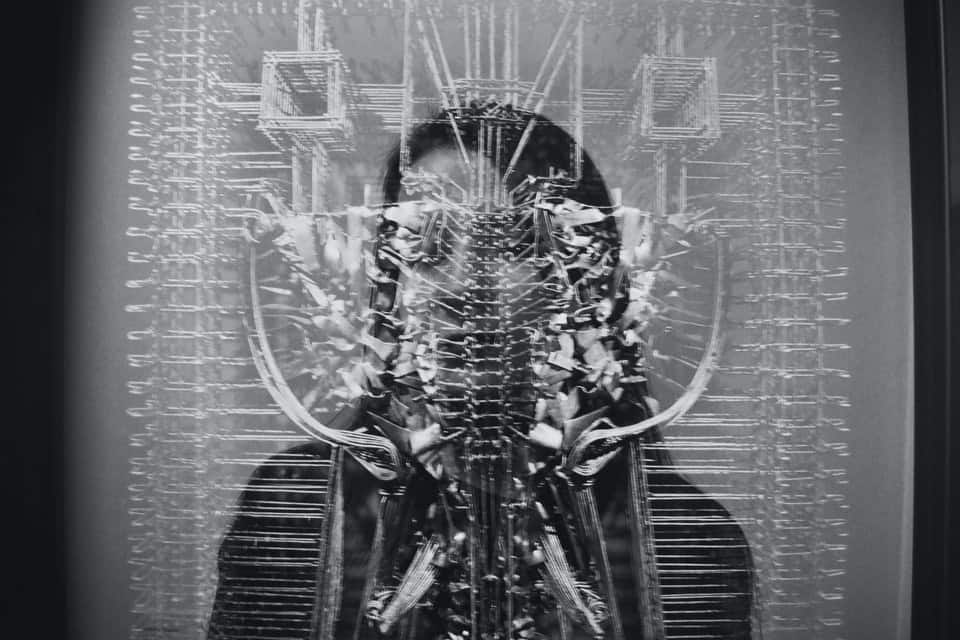Photoshop’s layering tool is part of what makes it so effective to use, but sometimes you may understandably wish to stop the application from creating new layers. When this happens, the complexity of the application can make it a challenge to figure out how to stop this feature.
Photoshop is an advanced design tool, which is why many people use it. However, this complexity can sometimes make the app difficult to use. Keep reading to learn more about stopping the application from creating new layers, as well as to learn about some reasons why someone may wish to avoid creating new layers.
Stopping the New Layer Function on Photoshop
It is a common problem—every time someone uses the pen tool on Photoshop, a new layer is created. This can be very useful for certain design functionalities but can also be very frustrating if creating a new layer is not something you want to do.
To stop Photoshop from creating new layers, you must change the layering preference. This can be done by going under the “Path Operations” button and changing it from “New Layer” to “Combine Shapes.” You can set the pen tool to create paths instead of layers. This can also be done in the “Paths” settings.
Reset the Path Operations Setting to Combine Shapes
The Path Operations button is something that shows up whenever you use the pen tool. This is a small icon that looks like two overlapping squares. This can be found in the toolbar. You can follow these steps to accomplish the goal of stopping new layers:
- Click on the “Path Operations” Button
- Change the default setting from “New Layer” to “Combine Shapes”
- Click back on the main screen
Once this has been adjusted, your Photoshop should combine shapes rather than create new layers.
Set the Pen Tool to Create Paths
Creating paths is also a good option for disabling the new layer function. This is also an easy fix that involves the Paths toolbar.
- Select the “Pen Tool” from the toolbox options
- Click on the path for your current layer from the paths panel
- This will allow you to change the default from “New Layers” to “New Paths”
Once you have changed this function, you should be able to draw new paths instead of layers. Additionally, if you are still struggling with layers, you may wish to use the move tool instead or some other option that will not create new layers and will allow you to edit the work you have that already exists.
When Should You Not Add New Layers on Photoshop?
Most of the time, people do not wish to add new layers on Photoshop simply because all of the elements of their design are now in place. The layers tool is extremely helpful for putting more images on your design or overlapping existing figures and images.
Additionally, people might also wish to not add new layers because they prefer using the following functions at a certain point in their project:
- Moving existing shapes
- Creating paths
- Editing layers
- Editing layer order
- Deleting a layer
Each of these functions has their specific tool, and most can be found in the toolbar. Also, people may wish to stop adding layers because most versions of Photoshop have a limit of 100. This means that it can be wise to reserve the number of layers you need.
Conclusion
Layers are one of the most important functions of Adobe Photoshop, but sometimes they can get in the way. When you wish to do other things such as editing existent layers or creating paths, you may wish to disable the layering function on your Photoshop application.
Turning off layers on Photoshop may seem complicated, but usually just involves changing your paths settings. If this fails, you may also need to select a different tool or move onto some other phase of the design process that will allow you to avoid adding new layers. If you find that your design remains too complicated, you may wish to use other user-friendly design platforms, such as Placeit.net.
Photoshop can be a difficult application to master, with even the most experienced of designers needing to fine-tune their knowledge. Adding layers is one such example of a thing that can seem complicated to control. Fortunately, there are often several fixes that will have you working on your project in no time.
)



![How to Ungroup Layers in Procreate [2 Steps]](https://allfreemockups.com/wp-content/uploads/2022/03/pexels-point-and-shoot-5083445.jpg)
![Apple Pencil Not Working in Procreate [How To Fix It]](https://allfreemockups.com/wp-content/uploads/2022/03/pexels-ketut-subiyanto-4474047.jpg)
![How to Fix Blurry Etsy Photos [Easy Guide]](https://allfreemockups.com/wp-content/uploads/2022/03/pexels-pixabay-301664.jpg)





